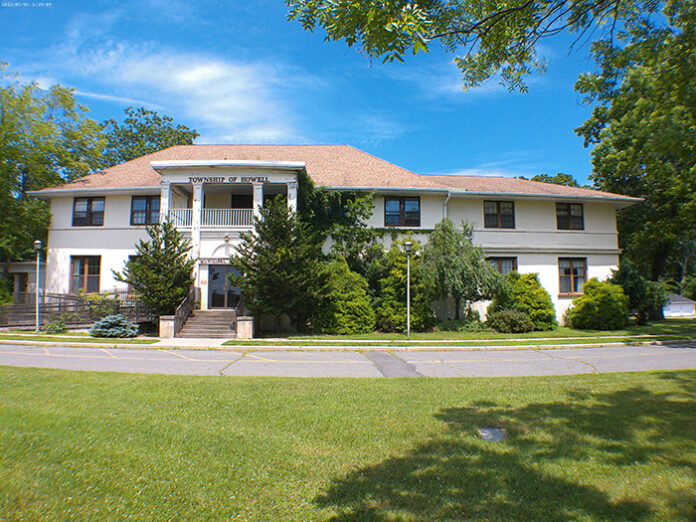
HOWELL – Many residents of Howell may know that the township’s approximate geographic size (61 square miles) makes it the largest town in Monmouth County. But do the 52,000 residents that live in the 18,000 households in Howell know the history of the township’s origin, or that human occupation of the region extends back thousands of years?
The task of knowing all about the township’s long, rich history falls to the Howell Heritage and Historical Society (H.H.H.S.), whose headquarters may be found at the MacKenzie House on Lakewood Farmingdale Road. The property, which was rumored to be earmarked for destruction by the town, drew the attention of local history enthusiasts who saw the cultural importance of the house, which was built in 1807. The foundation moved to be incorporated as a 501c3 organization in 2019, and after making appeals to the governing body at council meetings, the property was granted to them by Howell Township.
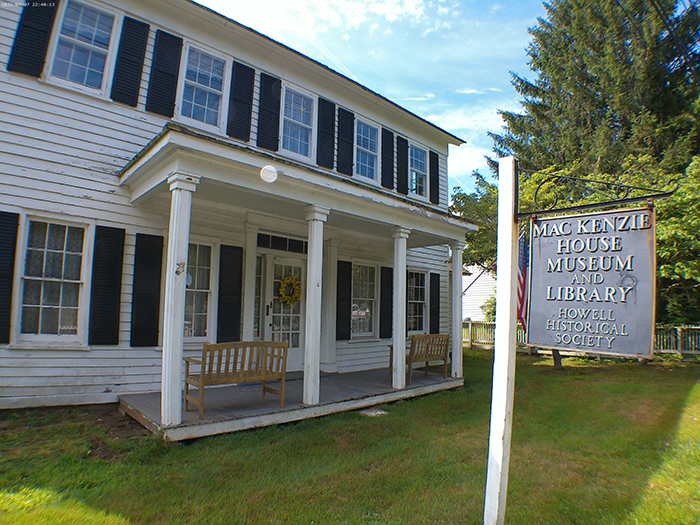
Under the direction of the Society’s president, Robert Novak, and its vice president, Ann Malsbury, the H.H.H.S. seeks to “collect and preserve materials related to Howell Township’s cultural and historical heritage,” and “promote the study of local and regional history through educational programs and events.”
“In general terms,” says Malsbury, “if you don’t know where you been, you don’t know where you’re going. You repeat past mistakes if you don’t study history. [Howell has] such a rich history that it’s interesting.”
Meeting in the gym at the Ardena Baptist Church on the fourth Friday of each month, the group, composed of approximately 60 members, is “always” looking for new members, according to Malsbury.
The township known as “Howell” today came from a somewhat lengthy process, having been part of greater Shrewsbury for the early part of its existence. When it split from Shrewsbury in the early 1800s, its southern border extended into what is now Ocean County, and as far east as the Atlantic Ocean.
Howell remained a massive town until the 1850s, when it again split up to become Wall Township, with its southern parts being annexed to join the newly formed Ocean County. The final splits came in the Twentieth Century, when other sections of the town joined Lakewood and formed Farmingdale.
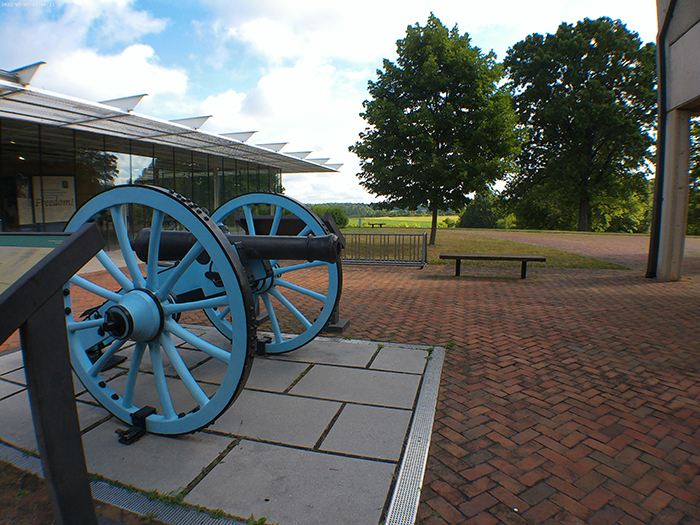
The town is named for Richard Howell, who is best known for serving as the third governor of New Jersey from 1792 to 1801. Howell was one of twin sons born in Delaware in 1754 to parents Ebenezer and Sarah Howell.
While many people are familiar with the Boston Tea Party, far fewer are aware that New Jersey had its own version of a similar event. Dubbed the Greenwich Tea Party, the Howell brothers were two of the men who dressed as Native Americans and burned British tea at a small coastal town in Cumberland County.
Howell served as an officer in the Colonial Army under George Washington, and fought locally at the victorious Battle of Monmouth. Howell even served alongside Washington at Valley Forge and shortly thereafter married Keziah Burr, a relative of Aaron Burr.
“The militia would have been men who were ready to fight,” says Malsbury about Howell’s role during the American Revolution. “They might be gone for a couple months at a time, and then they would be relieved to come home to their farm duties and somebody else would [go]. But if they needed, like the battle of Monmouth, they would have called on the militia, and people from Howell would have gone.”
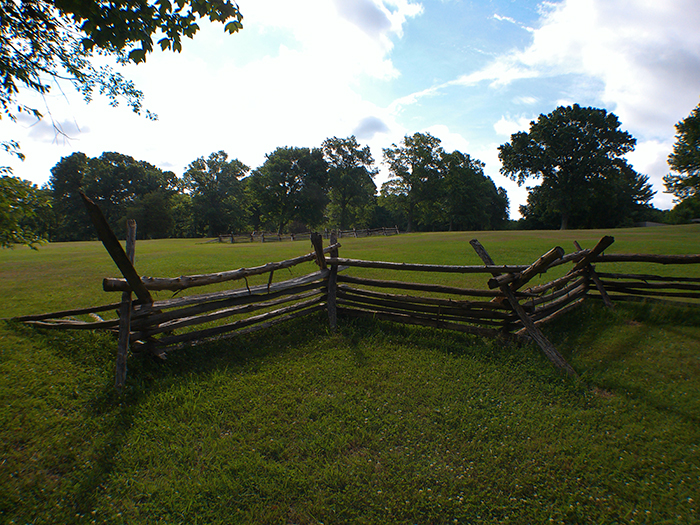
But long before any of this took place the region was inhabited by Native American people known as the Lenni Lenape. Many of the Lenape trails became roads in modern Howell, including Route 33 and U.S. Highway 9.
“They apparently figured out the shortest route between important spots” says Novak about the trails forged by the Lenni Lenape, “and we just kind of followed along.”
The era of colonialism saw settlements by Quakers, who became prominent in the region. Malsbury, who traces her family’s roots to the 1500s in Howell, has a number of relatives buried in a small, secluded Quaker cemetery just off Lakewood Farmingdale Road.
While other shore towns may boast stories of swashbuckling pirates who terrorized the coastline, Howell has the Pine Robbers.
“They were the backwoods ruffians,” says Novak about the Pine Robbers, who would rob and murder farm families in the late 1700s. Led by Jacob Fagan and Lewis Fenton, the Pine Robbers lived in the woods and operated in the area near the Our House Tavern, which they were rumored to frequent.
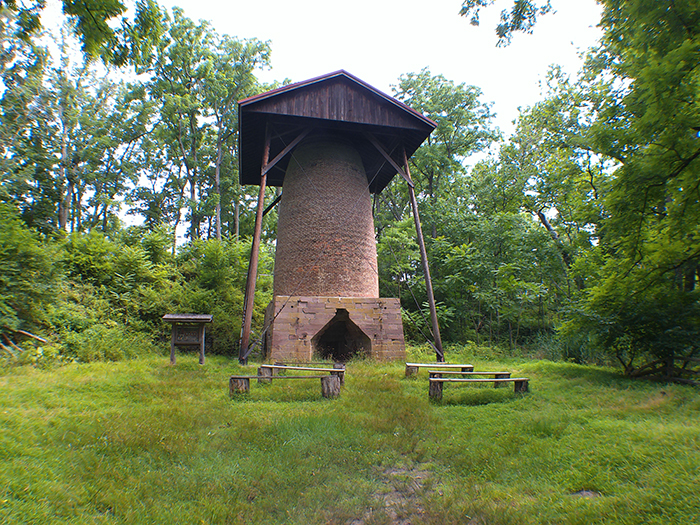
Cranberry production was one of Howell’s earliest industries. While agriculture remains a constant in Howell to this day, early commerce centered around the mining of a substance called marl, which Novak explained would be extracted from the ground to be used as “an inexpensive fertilizer. Farmers tossed this on their fields and it would break down and kind of find its way into the fields to help the crops grow.”
Of course, one of the more famous industries in town was the Howell Iron Works, and the tiny village that sprung up around the business owned by entrepreneur James P. Allaire.
But by the time of the Civil War, these three early industries had ceased, and once again, Howell Township residents were involved with America’s bloodiest war. While no battles were actually fought in New Jersey, one of the past owners of the MacKenzie House, William Prickett, served as a captain during the Civil War. In addition, Howell locals would have fought in the Civil War, with many of them likely stationed in the area around present-day Freehold.
In 1907, Arthur Brisbane purchased some 5,000 acres in Howell to open a Preventorium for the treatment of children suffering from tuberculosis. While township residents may recognize the name Preventorium as a roadway in town, many will be surprised to learn that the hospital operated from 1912 to 1960 at the site of what would later become the town hall.
“There’s a part of history that would appeal to everybody. Some people like the trains and the train lines, some people like the Civil War, some people like the old architecture of some of the houses. It’s more than just dates and names. It becomes alive. It becomes personal to you sometimes.”
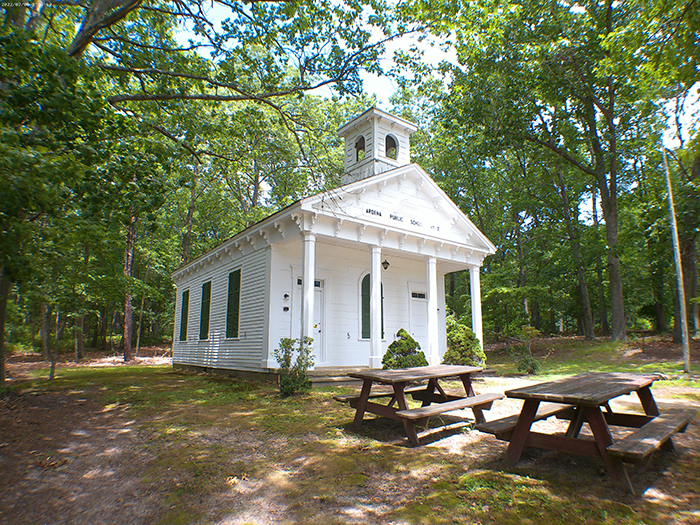
In addition to the MacKenzie House, the H.H.H.S. also operates and maintains the historic Ardena Schoolhouse. But while having and preserving vital pieces of Howell’s past is important, the structures do require a good deal of upkeep.
The current H.H.H.S. is completely reliant on charitable donations from Howell residents or history buffs. At present, the renovations that are required at the McKenzie House are estimated to be in excess of $20,000, so the much-needed work has been moving along at a snail’s pace.
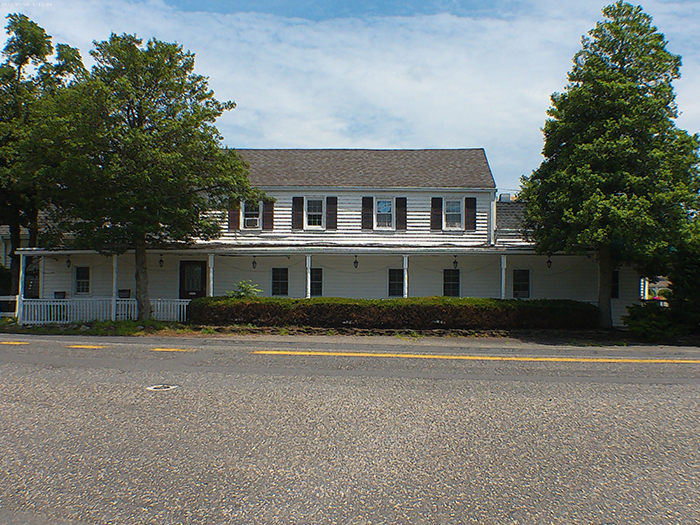
“The building needs so much [work] cosmetics are going to have to wait,” says Malsbury of the structural needs of the MacKenzie House. “But as far as our museum goes, [there’s] a rich history of the house and that will be our focus when we can finally get it up and going.”






